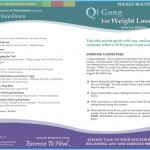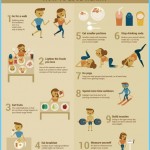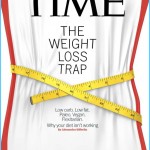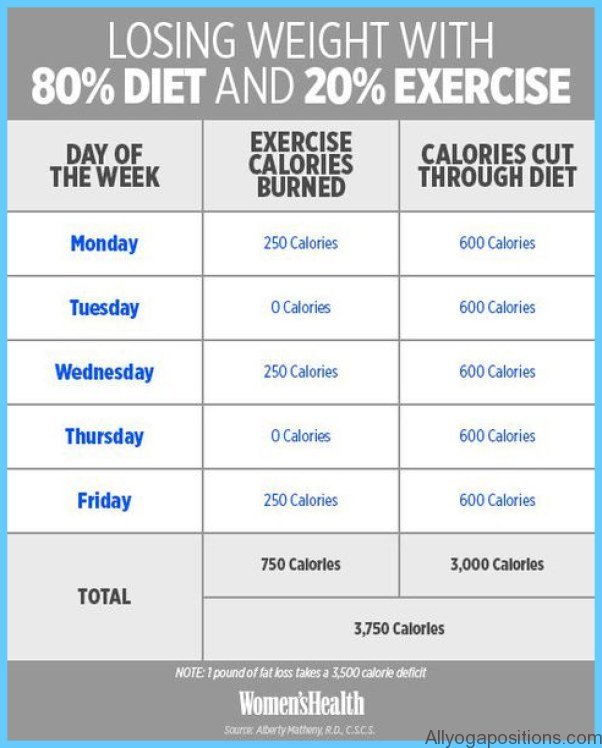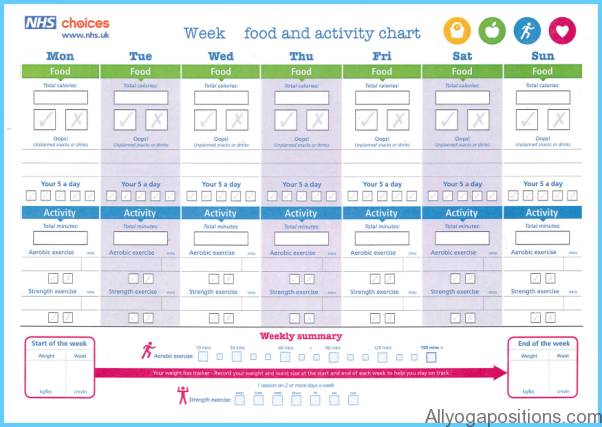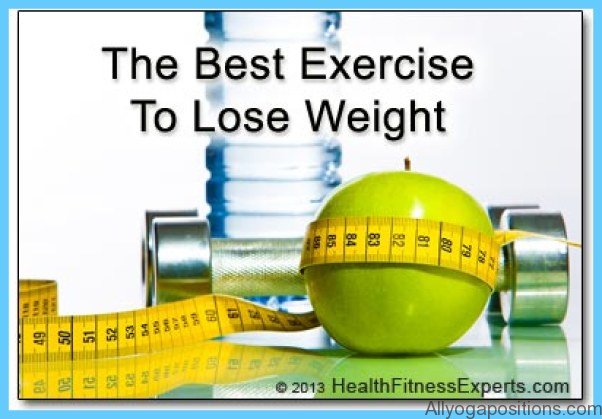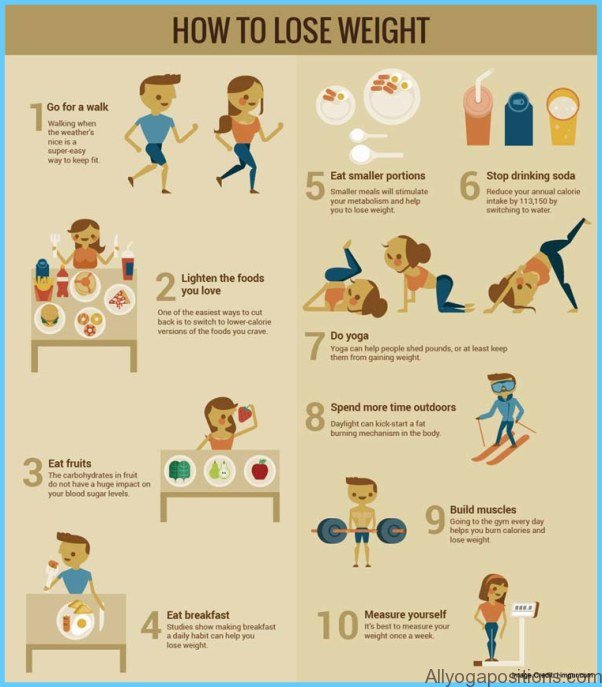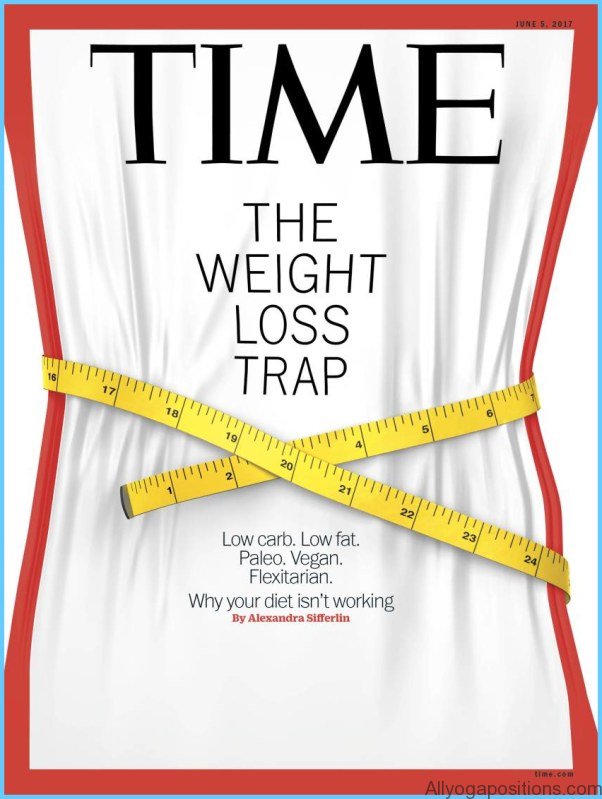Ladies and Gentlemen, Start Your Engines
We all know that exercise stimulates your metabolism, besides burning calories especially as you are active. But did you know that the stimulation of your metabolic rate does not stop when you stop exercising! Your engine is revved up and it stays in a higher than normal gear after you have left the gym or finished your walk. How much is it stimulated, and for how long? That depends on two things: how hard you worked out and how long you worked out. How hard you exercised is the most important variable here, and then the length of your exercise time is a factor too. Studies show that metabolic rate can remain elevated for several hours. The other thing to keep in mind regarding benefits of exercise is that muscle requires more energy to maintain than fat, so as you build up your muscles and use up your fat, your body will have to support those extra muscles with food. Muscular people can actually eat more food to maintain their weight than non-muscular people. This is another way your recovery will promote greater energy use overall.
Now, off the cycle and firmly in to recovery, you will want to exercise. Moving around more will finally feel good and right and do-able.
Exercise Guidelines For Weight Loss Photo Gallery
So, what kind of exercise are we talking about? The best exercise, according to experts today, is the kind that you will actually do consistently and is sprinkled throughout the day. Also, it’s important that you enjoy it for the most part. This doesn’t mean that spending time at the gym isn’t really good. But, a mostly sedentary lifestyle plus formal workouts several times a week isn’t as effective as doing spurts of activity throughout each day along with “formal” exercise. What are these “spurts” of exercise? You probably know some of them: parking away from a store entrance and walking the distance; taking the stairs whenever you can; doing jobs at home that require lifting or taking the stairs, i.e. carrying laundry baskets, turning commercial breaks into get up and move breaks; cleaning; lawn care; gardening; using work breaks for eating and moving around; parking a block or two from work. These changes in your everyday activity level will take commitment. It’s just easier to park close, take the elevator, and sit through the boring commercials. You’re probably used to that, but that doesn’t mean you have to stay where you are. You can get used to something new, something much better, and it won’t hurt because you won’t be hungry.
Physiology expert, Dr. James Rippe, said, “Exercise haters need to change their mindset about what constitutes exercise. Exercise doesn’t’ have to mean going to a gym. Making a conscious effort to be more active all day can be more effective than running to the gym for twenty minutes and remaining sedentary the rest of the day.”
Recently, I asked a client about her activity level. She said she was walking the dog every day for about 40 minutes, but, she added, it wasn’t “cardio.” I supposed she meant that her heart rate wasn’t being pumped up to a goal range and maintained there for a specific duration, so somehow it was inferior as far as exercise goes. Really? This mindset, that exercise must be strenuous sweat-producing and time-consuming to” count” has kept a lot of people from moving around more because they think it doesn’t qualify as real exercise. Real exercise is body movement of any kind. You are exercising when you brush your teeth.
Workouts that are considered “cardio” stimulate the heart to beat harder and faster for cardiovascular conditioning. This is a worthwhile goal to do if you are healthy enough for it, and you don’t need to exercise in this way for prolonged periods. Studies show that twelve minutes of aerobic exercise at an appropriate intensity, three tines a week, will offer you significant health benefits. It conditions your body to a heightened physical state and there are many benefits to cardio workouts. If you are unsure about your fitness level, check with your doctor before trying this more intense level of exercise. By all means, start exercising at your top potential and work up from that as you go along. When you expect more you usually do more and then you’re likely to get more.
Our bodies are designed for much more movement than our American environment usually allows. Ideally, we need to be moving most of the day, so when we do get a chance to exercise in spurts, at the gym, or just walking in a park, we need to make the most of it. One thing we have to get over is this idea that activity doesn’t count unless it is a certain type, reaches an intensity goal or fits somebody’s description of “true exercise.” My motto is “everything counts so start counting everything.” Make it a challenge. How much extra movement can you fit into a day? Can you walk down the block? Can you put a CD on and dance while you’re fixing supper? Can you walk the whole mall even though you only need to go to one store? Can you go up and down and up and down the stairs in your home or at your office? Lift weights during commercials? Remember, everything counts so count everything. Keep track of your physical activity every day if that helps keep you motivated.



